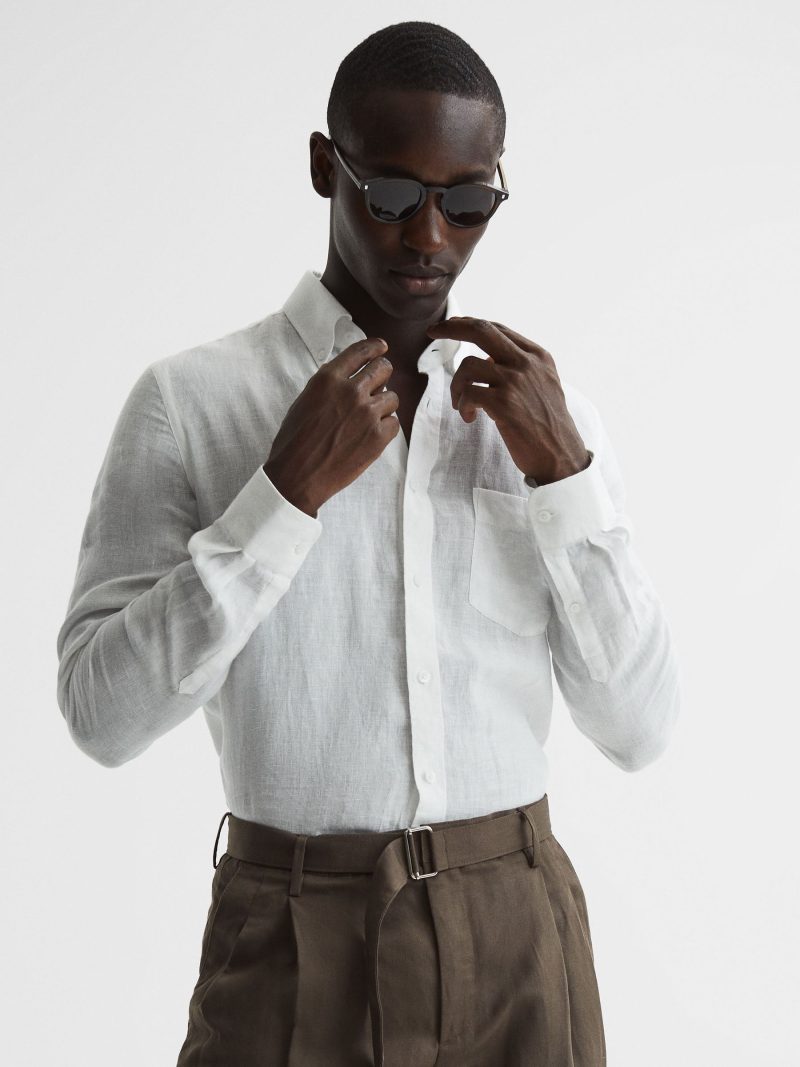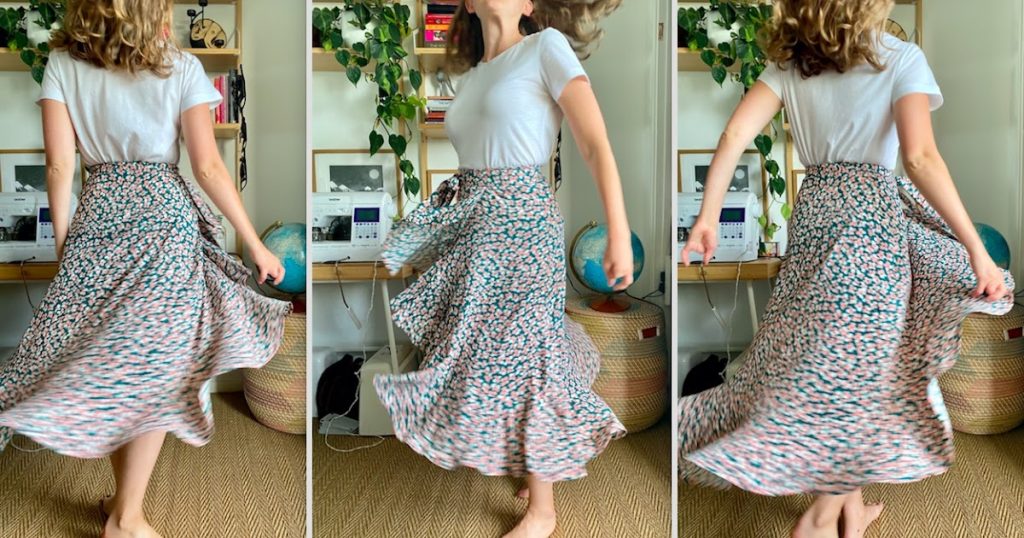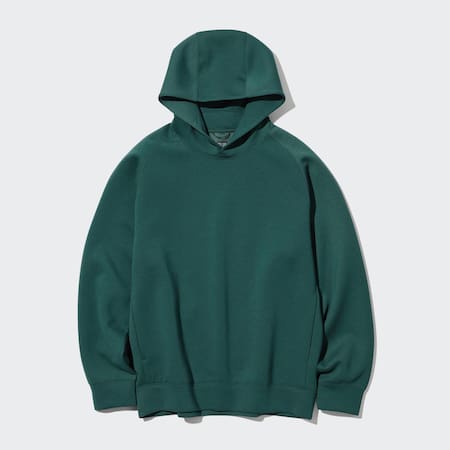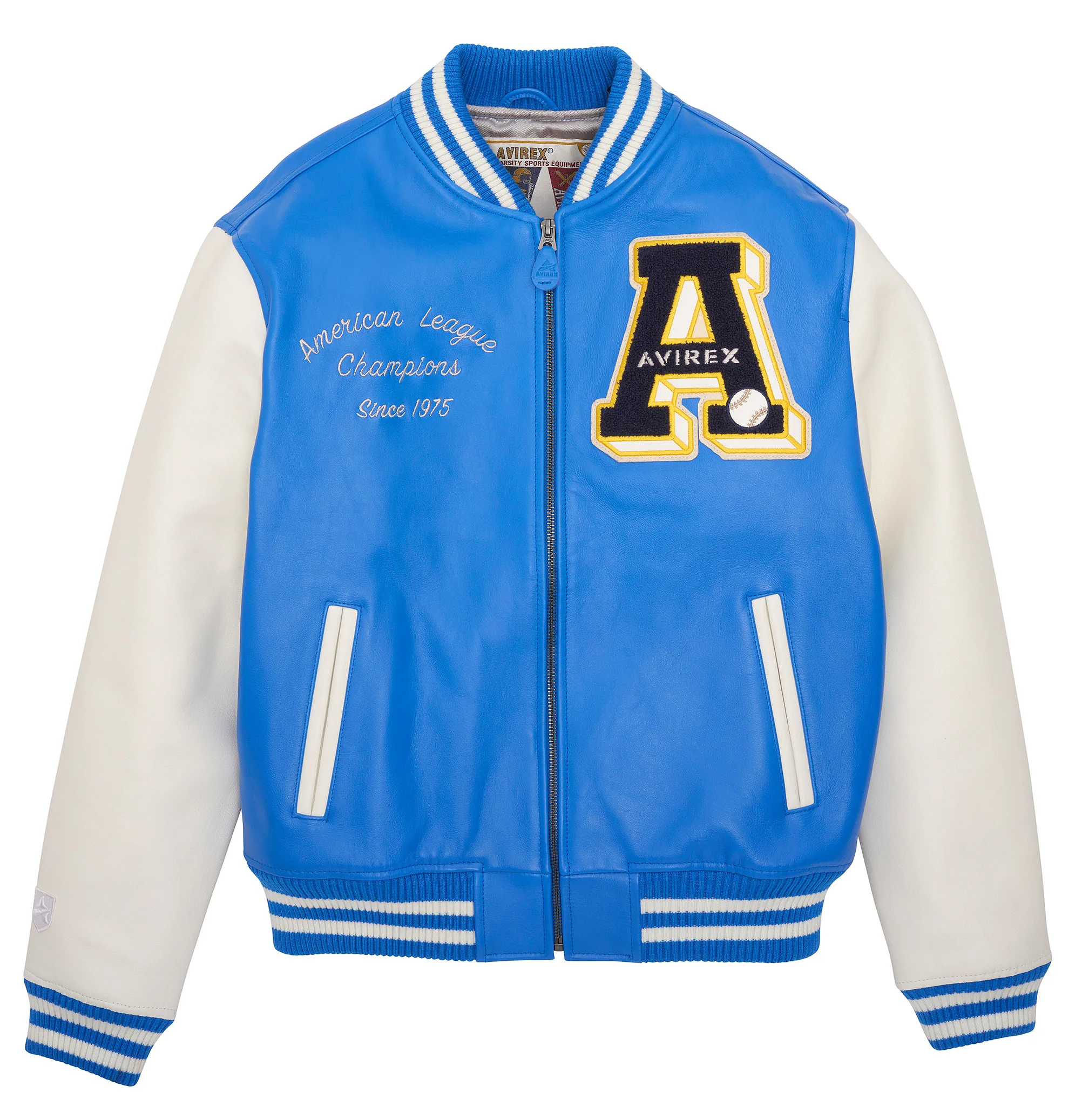Home textiles registers positive YoY export earnings growth first time in 17 months :
The latest data from the Export Promotion Bureau (EPB) revealed that the exports of home textile products have surged by a significant 9.9% YoY, amounting to an impressive $84.61 million in February this year. This marks a substantial increase compared to the $77 million earned in the same month of the previous fiscal year. With such a significant growth in exports, it is safe to say that the home textile industry is expanding at a rapid pace.

Over view of home textile industry in Bangladesh :
The home textile industry in Bangladesh is a significant contributor to the country’s economy. It includes manufacturing and exporting of various home textiles such as bed linen, towels, curtains, and rugs. The growth of the industry in recent years can be attributed to factors such as the availability of cheap labor, favorable government policies, and increasing demand from both domestic and international markets. The industry has also witnessed significant investments in technology and infrastructure to improve production efficiency and quality. Overall, the future of the Bangladesh home textile industry looks promising, with a projected increase in demand and expansion of export markets.
It is estimated that the Bangladesh Home Textile Market will reach USD 3.67 billion by 2024, and is projected to grow at a CAGR of 4.25% during the forecast period (2024-2029), ultimately reaching USD 4.51 billion by 2029. This promising growth trajectory is a testament to the industry’s potential for success and highlights the increasing demand for home textiles in Bangladesh. It is an exciting time for the market, and we can expect to see further expansion and innovation in the coming years.

Categories of Home Textile
To create a comfortable and stylish living environment, home textiles such as bedding, towels, curtains, table linens, and decorative pillows are essential. Bedding guarantees restful sleep, towels provide a luxurious bathing experience, curtains add elegance, table linens create an inviting dining atmosphere, and decorative pillows personalize your decor. Upgrade your living space with these essential home textiles to make your space cozy and appealing. Don’t settle for anything less than the best in your home.
There are several ways to classify home textiles based on their characteristics. One common way is to categorize them based on the materials used, such as cotton, silk, linen, wool, or synthetic fibers. Another way is to classify them based on their function, such as bedding, curtains, towels, or rugs. Additionally, home textiles can also be classified based on their style or design, such as traditional, modern, or eclectic. Ultimately, the classification of home textiles depends on various factors, including the intended use, aesthetic preferences, and cultural context.
1.Bed Linen: Bed sheets, Duvets, Throw, Comforters, Pillows, Pillow covers, Blankets, etc.
2.Table linen: Table cover, table mats, napkins, runners, table cloth etc.
3.Kitchen Linen: Aprons, Gloves, Pot Holders, Lunch Box Covers, Dish Clothes etc.
4.Toilet & Bath Linen :Towels, Bath mats, Bath carpets, Bathroom curtains etc.
5.Floor Linen : Floor mats, floor carpets, curtains, wall mats, sofa covers, cushion covers etc.
Now we will learn individually of all home textiles uses and factors
Bed Linen :
Home textiles are made of a combination of different fibers, textures, colors, finishes, and designs tailored to different countries, needs, and people’s tastes. Bedding textiles are one of the categories and are further classified as bed linen, which includes a diverse range of products. Bed linen items are made to enhance the beauty of the bedroom and provide comfort to the user.
Bed sheets are one of the most common bedding textiles, and they come in different sizes, colors, patterns, and materials. They are designed to cover the mattress and provide a soft and comfortable surface for sleeping. Bed skirts, also known as dust ruffles or petticoats, are another type of bedding textile. They are placed between the mattress and the box spring and are used to hide the box spring while adding a decorative element to the bed.
Bedspreads are decorative coverings for the bed and are similar to large blankets that are placed on top of the bed. They come in different styles, colors, and materials and are used to add a touch of elegance to the bedroom. Pillows are another essential bedding textile, and they come in different shapes, sizes, and materials. They are used to provide support and comfort to the user while sleeping.
Pillow covers are used to cover the pillows and keep them clean, and they come in different colors, patterns, and materials. Throws are decorative textiles that are used to add warmth and style to the bedroom. They are made of fine fabrics and come in different sizes, colors, and patterns. Duvets are flat bags filled with feathers or down, and they are used as bed blankets. They come in different sizes, materials, and styles and are known for their warmth and comfort.
Comforters are another type of bed covering used for warmth. They are made of different materials and come in different sizes, colors, and patterns. They are usually filled with synthetic fibers or down and are used to provide warmth and comfort to the user. Overall, bedding textiles are an essential part of the bedroom decor, and they play a significant role in providing comfort and relaxation to the user.

2.Kitchen Linen :
It’s important to understand that there is a variety of textile products that are used in the kitchen, and each one of them serves an essential purpose. The apron, for instance, is a protective garment that should be worn at all times during kitchen work to ensure hygiene and cleanliness. Pot holders are crucial in the kitchen to handle hot or cold utensils like pans and pots, and mittens offer an added layer of protection when dealing with hot pots. Dish cloths are a must-have for wiping, cleaning, and drying dishes, and they should be made of high-quality drying cloth to ensure maximum efficiency. It’s fascinating to see how different materials are used to create these kitchen essentials, and it’s crucial to invest in high-quality products that can stand the test of time.

Table Linen :
It is imperative to have textile products such as aprons, pot holders, mittens, and dish cloths in the kitchen to maintain cleanliness and ensure safety. Furthermore, table linen, including runners, table skirts, table mats, table cloths, and tee cozies, play a pivotal role in elevating the ambiance of a table and creating an inviting atmosphere. These details are not to be overlooked as they make a significant impact on the overall experience.
Bathroom Linen :
Some of the textile products that are commonly found in bathrooms include bath towels, bath mats, bath rugs, and face towels. Bath towels are the most essential bathroom accessory, used for drying the body after bathing. Bath mats are special mats that provide a warm, non-slip surface on the bathroom floor while also absorbing water. Bathroom rugs can be used to enhance the overall appearance of the bathroom. Facial towels are smaller than bath towels and are used to wipe the face after washing, and can also be used as handkerchiefs.

Floor Linen :
Floor coverings and carpets are an absolute must-have if you want to make the floor of your house comfortable and enhance its beauty. The use of furniture covers is essential to protect your furniture from dust and keep their color beautiful. Additionally, wall coverings are a great way to make your house warm, enhance its beauty, and provide soundproofing. It’s fascinating to see how different countries use wall coverings in unique ways. Overall, these coverings are essential and make a significant impact on your home’s overall look and feel.

Raw Materials for Home Textiles and Its Special Features:
Home textiles are made from a variety of raw materials that are chosen based on their properties and characteristics. Cotton is a popular choice for home textiles due to its softness, breathability, and durability. It is also easy to care for and can be machine washed. Linen is another popular choice for home textiles, particularly for bedding and tablecloths, due to its high absorbency and natural cooling properties.

Wool is a popular choice for carpets and rugs due to its natural insulation properties, as well as its durability and resistance to wear and tear. Silk is a luxurious choice for bedding and curtains due to its softness and lustrous appearance. However, it is more delicate than other materials and requires special care.
Synthetic materials such as polyester and nylon are also commonly used in home textiles due to their affordability and durability. They are often blended with natural materials such as cotton to create fabrics with the desired properties.
Regardless of the material used, home textiles are chosen for their ability to enhance the comfort and beauty of the home, while also serving practical functions such as insulation and protection.
It is imperative that the raw materials used for home textiles possess specific features to ensure their quality and longevity. These materials must demonstrate excellent tensile strength, elasticity, and moisture absorption capabilities. Furthermore, their optical properties must be carefully regulated to ensure optimal light reflection and absorption, and the fiber size must be appropriate. These materials must also be eco-friendly and biodegradable, while exhibiting resistance to electrical and thermal properties such as static electricity. In addition, they must have superior wash fastness and light fastness to color. Lastly, they should be easy to dispose of and reuse.
Below fibers are more used in home textile . The fibers are :
Fiber Categories Types
Natural Fiber Cotton, Silk, Wool, Linen, Jute, Flax etc.
Man-made Fiber Viscose-Rayon, Polyester, Nylon, Acetate, Acrylic etc.
High Performance Fiber Lintex, Modal, Sendura, Crinkle etc.
Manufacturers of Home Textiles :
The home textile industry in Bangladesh is a promising sector that is continuously growing. Although the number of home textile factories is comparatively less than garment manufacturers, the 30 existing factories are proficient in meeting the country’s demand for a variety of home decorative and upholstery products, such as bed covers, curtains, towels, and floor coverings. Notably, Zaber & Zubair Fabrics, owned by Noman Group, is a dominant player in the Bangladesh home textiles market, successfully exporting its products since 1998. It’s encouraging to see that more entrepreneurs and investors are showing a keen interest in investing in the home textile sector and coming forward to seize the opportunity. Some of the noteworthy home textile factories in Bangladesh include… (list them here).
1.Zaber & Zubair Fabrics
2.J K Group
3.Intercorp Fashion
4.Classical Home Tex
5.J & M International
6.My Trade Link
7.Raising Sun Trading
8.Alltex Industries Ltd.
9.Apex Weaving
10.Saad Musa Group
11.Cloth Apparels Ltd.
12.Taj Fashion
13.ACS Textiles
14.Mosharraf Group

Importers of home textile :
If you’re in the market for home textiles, finding the right importer can be a game-changer. To ensure you’re getting the best products at reasonable prices, start by researching online and looking for importers with a solid reputation. Additionally, attending trade shows or connecting with local business associations can be excellent ways to find reliable importers. By taking a constructive approach to your search, you can feel confident that you’re making an informed decision and getting the best home textiles available.
The main importers are :
IKEA
Carrefour
Asda
Littlewood
Maurice Phillips
Wal-Mart
Redcats

Market size of home textile :
It’s interesting to note that according to a recent report by Grand View Research, Inc., the global home textile market is expected to reach $133.4 billion by 2025. The report suggests that the growth of the real estate market between 2019 and 2025 will play a significant role in the expansion of the home textile market. In terms of revenue, bath and toilet linen are expected to register a 3.4% CAGR, followed by upholstery at 3.4% and carpet and floor covering at 1.9%. Bedroom linen has been a strong driving force behind the global market in 2018 and a healthy CAGR of 4.3% is anticipated from 2019 to 2025.
The Asia Pacific region is the largest market globally, followed by Europe and North America, with a healthy CAGR expected between 2019 and 2025. The presence of large companies such as Welspun Group, Springs Global, New Sega Home Textiles, and Ralph Lauren Corporation has made the home textile market highly competitive, and most home textile manufacturers are focusing on new developments and capacity building to meet current and future demand patterns.


Impact on Domestic Economy :
As the home textile industry continues to grow, its positive impact on the domestic economy is undeniable. The increase in demand for home textiles has led to a surge in production, which has, in turn, created new job opportunities for people in the industry. This has resulted in a boost of economic activity, as more people are able to participate in the workforce, earn income, and contribute to the overall economy.
Moreover, the growth in the home textile industry has also led to increased investment in the manufacturing sector, which has further contributed to the creation of new jobs. This, in turn, has a multiplier effect on the economy, as more people earn an income and spend money, leading to increased demand for goods and services. This increased demand further stimulates economic growth.
Overall, the positive growth in the home textiles industry has had a favorable impact on the domestic economy, with increased job creation, production, and economic stability. Moreover, the industry is expected to continue to grow over the coming years, contributing to the long-term economic development of the country.

Future Prospects :
As the home textile industry continues to grow, its positive impact on the domestic economy is undeniable. The increase in demand for home textiles has led to a surge in production, which has, in turn, created new job opportunities for people in the industry. This has resulted in a boost of economic activity, as more people are able to participate in the workforce, earn income, and contribute to the overall economy.
Moreover, the growth in the home textile industry has also led to increased investment in the manufacturing sector, which has further contributed to the creation of new jobs. This, in turn, has a multiplier effect on the economy, as more people earn an income and spend money, leading to increased demand for goods and services. This increased demand further stimulates economic growth.
Overall, the positive growth in the home textiles industry has had a favorable impact on the domestic economy, with increased job creation, production, and economic stability. Moreover, the industry is expected to continue to grow over the coming years, contributing to the long-term economic development of the country.
The home textiles industry has experienced positive growth in recent years due to several factors, including changing consumer preferences, technological advancements, and evolving trade policies. As consumers become more conscious of the importance of home decor and design, the demand for high-quality and stylish textiles has increased. Additionally, technological advancements in manufacturing processes have led to increased production efficiency and improved product quality, which has further fueled growth in the industry.
Looking ahead, the home textiles industry is expected to continue to grow due to several factors. Firstly, changing consumer preferences and increasing focus on sustainability and eco-friendliness are expected to drive demand for environmentally-friendly home textiles. Secondly, technological advancements in areas such as 3D printing and smart fabrics are likely to revolutionize the industry and create new opportunities for growth.
Finally, evolving trade policies, such as tariffs and trade agreements, will continue to impact the industry. While some policies may create challenges for the industry, others may create new opportunities for growth. Overall, the home textiles industry is poised for continued growth, and this growth is likely to have a positive impact on the domestic economy, including job creation, increased production, and overall economic stability.
Challenges & Risk of this sector :
The home textiles industry has been experiencing steady growth over the past few years, but there are still some potential challenges and risks that may threaten its future growth. One of the main challenges is increased competition from both domestic and international players, which may lead to pricing pressures and reduced profit margins for companies in the industry. Additionally, fluctuations in raw material prices can impact the cost of production for home textile companies, and geopolitical tensions could lead to trade disruptions and uncertainty.
Despite these challenges, there are also opportunities for the industry to overcome these risks and continue to grow. For example, home textile companies can invest in research and development to create innovative products that meet changing consumer preferences and take advantage of technological advancements. Additionally, companies can focus on building strong relationships with suppliers and customers to mitigate the impact of raw material price fluctuations and trade disruptions.
Government Initiatives and Support:
Governments around the world have recognized the significant role of the home textiles industry in driving economic growth and have introduced several initiatives and support programs aimed at boosting the sector’s growth. These programs are designed to create a favorable business environment for home textile companies through financial incentives, infrastructure development, and skill development programs.
Financial incentives, such as tax breaks and subsidies, have been introduced to encourage companies to invest in the latest technology and equipment, which can improve efficiency and productivity. For instance, some countries offer grants to companies that invest in renewable energy sources or green technologies that reduce their carbon footprint. This not only benefits the environment but also helps companies save on energy costs in the long run.
Governments have also launched infrastructure development programs to improve transportation and logistics, which can help reduce costs and increase competitiveness. Such initiatives include the development of ports, roads, and railways to facilitate the movement of goods and raw materials. Governments also invest in the improvement of digital infrastructure, such as high-speed internet and e-commerce platforms, which can help home textile companies reach new markets and customers.
In addition, governments have introduced skill development programs aimed at improving the capabilities of the workforce in the home textiles industry. These programs provide training and education to workers in areas such as design, manufacturing, and marketing, which can help improve the quality of products and increase the industry’s competitiveness. Governments also partner with industry associations to provide mentorship and networking opportunities for small and medium-sized enterprises (SMEs) in the home textiles industry.
Overall, these government initiatives and support programs can help create a conducive business environment for home textile companies, which can lead to increased investment, job creation, and economic growth in the industry.
Summary of the Article :
In summary, the home textiles industry is experiencing steady growth, but there are potential challenges and risks that may threaten its future growth. However, governments around the world have introduced various initiatives and support programs aimed at boosting the growth of the sector. These initiatives include financial incentives, infrastructure development, and skill development programs aimed at improving the capabilities of the workforce.
The positive growth in the home textiles industry is crucial for both the domestic economy and global trade. It creates job opportunities, increases investment, and drives economic growth. Therefore, it is essential to encourage further investment and innovation to sustain this growth and maintain the sector’s competitiveness.
In conclusion, the home textiles industry has significant potential for continued growth, and governments are providing support to ensure that the industry remains competitive. It is vital to recognize the importance of this growth and encourage further investment and innovation to sustain this positive trend, create job opportunities, and drive economic growth.
We are the sourcing agent here to give shipment from pricing to ETD. Please share your inquiries @bquebetex.com
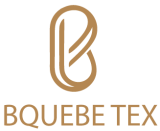





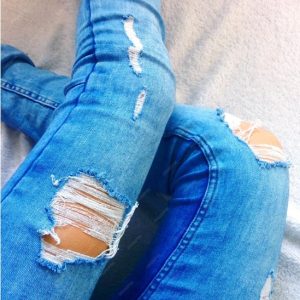



.jpg)








